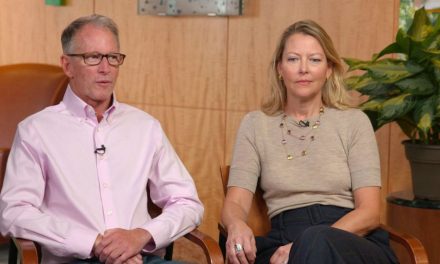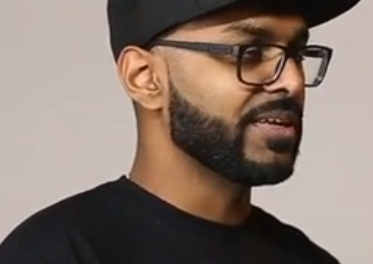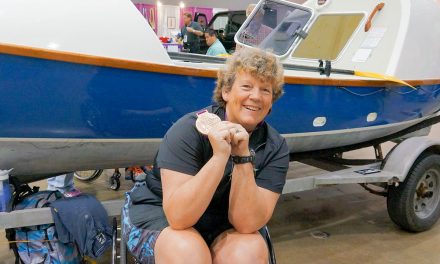Running a marathon is an impressive feat. Running it again is doubly impressive.
Completing two marathons on crutches while partially paralyzed is a testament to the resilience of the human spirit.
On Sunday, three years after a spinal cord injury that left her without full mobility of her lower body, Hannah Gavios completed her second New York City Marathon — crossing the finish line on crutches in just over 11 hours, 18 minutes faster than last year.
The sun had gone down by the time she reached the end of the 26.2-mile course. But achieving that milestone yet another time was a powerful reminder of everything she had overcome.
Running a marathon is an impressive feat. Running it again is doubly impressive.
Completing two marathons on crutches while partially paralyzed is a testament to the resilience of the human spirit.
On Sunday, three years after a spinal cord injury that left her without full mobility of her lower body, Hannah Gavios completed her second New York City Marathon — crossing the finish line on crutches in just over 11 hours, 18 minutes faster than last year.
The sun had gone down by the time she reached the end of the 26.2-mile course. But achieving that milestone yet another time was a powerful reminder of everything she had overcome.
Through physical therapy, Gavios felt herself getting much stronger. Once she left the hospital, she started exercising on a treadmill with the help of a harness and three other people. Eventually, though, she was doing the exercises without any assistance.
Seeing the progress that she was making kept her going. Gavios began challenging herself through activities outside of physical therapy. She went on difficult hiking trails in the mountains. She became a yoga teacher. She took up Krav Maga.
“It was something that I just started becoming more creative with and always putting myself to the test, pushing boundaries outside of what was normal,” Gavios said.
But even while she was pushing her body to constantly do more, she still had a feeling that running, an activity she loved and that once came so easily to her, would no longer be possible.
“I remember feeling really bitter when I saw people running the marathon after my accident because I was once able to do all those things,” Gavios said.
Training for the marathon
Then she learned about Amanda Sullivan, who had been completing marathons on crutches after an auto accident left her disabled.
If someone with a similar condition could finish a marathon, Gavios thought to herself, then she could, too.
Gavios started training for her first marathon in March 2018 on behalf of the Christopher & Dana Reeve Foundation, a charity dedicated to finding cures for spinal cord injuries and improving life for people with disabilities. She raised nearly $29,000 in two marathons.
She was connected to a coach through the foundation, and the two would talk on the phone about the progress she had made. She started tracking her miles, training about twice a week in the months leading up to the marathon.
On November 4, 2018, she crossed the finish line in 11 hours and 20 minutes. It was her first race since the attack, and her first ever marathon.
She hopes to run again one day
Gavios has raised thousands of dollars through her marathon efforts to fund research into epidural stimulation, a treatment that has shown promise in helping people with paralysis recover motor function.
And though she’s completed her last two marathons on crutches, Gavios said she hopes to run again soon.
“I’m so grateful to be able to take steps for those who can’t,” she said. “But I’d also one day love to run the marathon without my crutches. I really think this research would benefit all of us.”




